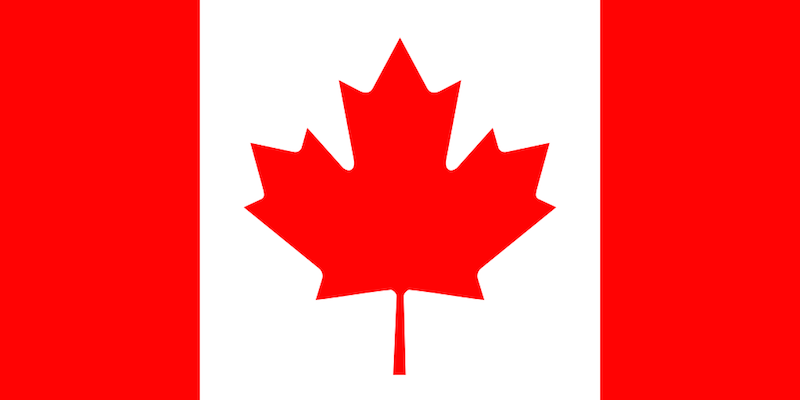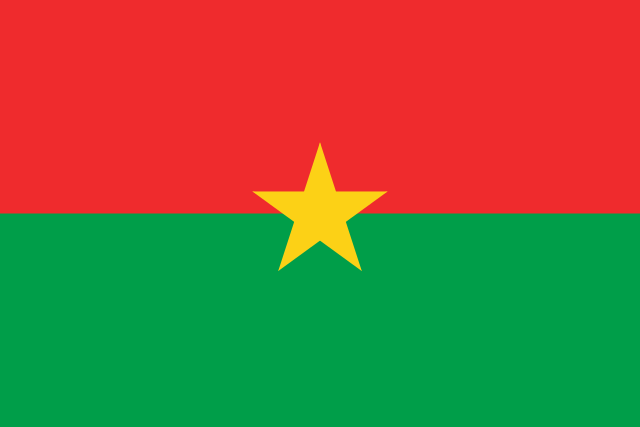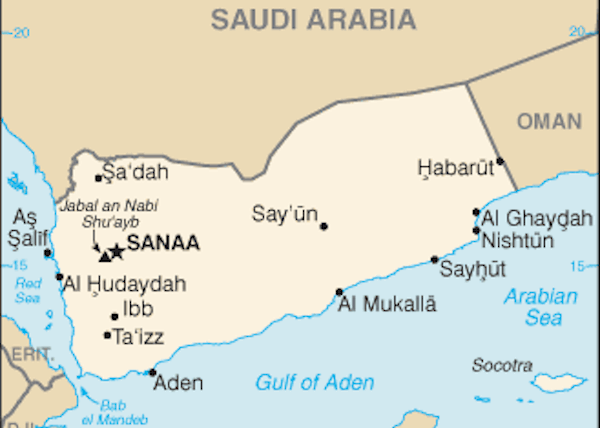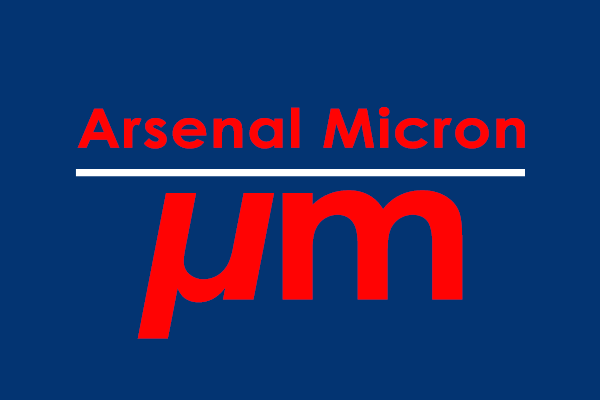Re: Trump rhetoric comparisons to fascism: America’s origin-story villains, the Nazis, are always portrayed as cold, unfeeling machines, because we don’t want to admit that the greatest evils of history are committed by passionate, patriotic people motivated by righteous anger and simplistic good vs. evil views. Because what’s more American than that?
U.S. agrees to clear a “safe zone” in northern Syria
The deal being reported so far does not involve a no-fly zone against Assad, just more targeted U.S. bombing against ISIS from the air, as well as Turkish shelling (and maybe bombing) from across the border — but no ground occupation. Instead, the U.S. will provide airstrikes on behalf of Arab rebel fighters who aren’t affiliated with ISIS. That revives an old plan I’ve criticized previously, except now those fighters we would be helping are even more likely to be aligned with al Qaeda. Kurdish fighters would also be definitively excluded from assistance west of the Euphrates, it seems, to assuage Turkish antipathies.
“Turkey and U.S. Plan to Create Syria ‘Safe Zone’ Free of ISIS” – New York Times:
“Details remain to be worked out, but what we are talking about with Turkey is cooperating to support partners on the ground in northern Syria who are countering ISIL,” a senior Obama administration official said, using another term for the Islamic State. “The goal is to establish an ISIL-free zone and ensure greater security and stability along Turkey’s border with Syria.”
[…]
American officials say […] that while a de facto safe zone could indeed be a byproduct of the plan, a formal no-fly zone is not part of the deal.
[…]
Instead, United States officials said Turks and Americans were working toward an agreement on the details of an operation to clear Islamic State militants from a heavily contested area roughly between the eastern outskirts of the city of Aleppo and the Euphrates River.
That is an ambitious military goal, because it appears to include areas of great strategic and symbolic importance to the Islamic State, and it could encompass areas that Syrian helicopters regularly bomb. If the zone goes 25 miles deep into Syria, as Turkish news outlets have reported, it could encompass the town of Dabiq, a significant place in the group’s apocalyptic theology, and Manbij, another stronghold. It could also include the Islamic State-held town of Al Bab, where barrel bombs dropped by Syrian aircraft have killed scores, including civilians, in recent weeks.
American officials emphasized that the depth of the buffer zone to be established was one of the important operational details that had yet to be decided. But one senior official said, “You can be assured many of the principal population centers will be covered.”
The plan does not envision Turkish ground troops entering Syria, although long-range artillery could be used across the border. Turkish ground forces would work on their side of the border to stem the Islamic State’s ability to infiltrate foreign fighters and supplies into Syria.
While it is unclear yet exactly how big the area will be, and supposedly there won’t be Turkish ground presence, I previously made a projected estimate in the following two maps (see details and analysis at “Mapping the projected Turkish occupation zone in Syria”):

Regional View: July 24, 2015 projection of the perimeter of a potential Turkish occupation zone and U.S. no-fly zone in northern Syria. Click to enlarge.

July 24, 2015 projection of the perimeter of a potential Turkish occupation zone and no-fly zone in northern Syria. Click to enlarge.
I seem to have guessed the zone’s width correctly (outskirts of Aleppo to the Euphrates) and the depth may supposedly still be under discussion, but if it includes Manbij and Al-Bab, then I also pretty much will have nailed the depth estimate, because it is likely the whole M4 highway from corner to corner would be the southern perimeter of the zone. However, the Times is merely quoting the same Turkish media reports I was working off of, so we don’t actually know yet. A much narrower “strip” encompassing many fewer “principal population centers” (and outlying villages) could terminate at the highway shown above in the middle of the zone, nearer Marea than Aleppo.
Canada’s government re-election platform: Be Very Afraid
CBC Canada on a scandal involving the ruling Conservative Party’s attempt to manipulate the civil service into helping terrify voters into re-electing them:
Foreign Affairs bureaucrats were told this spring to produce three terrorism-related statements for minister Rob Nicholson to make to the media each week, ahead of a fall election in which security and Canada’s response to terrorism are expected to be key issues.
The email, dated April 24 and obtained by CBC News Network’s Power & Politics, suggests the regular ministerial statements should be crafted from an event reported by the news media, such as developments in the fight against Islamic State in Iraq and Syria.
[…]
Security and Canada’s response to terrorism are expected to be key issues in the upcoming election. Canada is part of a U.S.-led coalition fighting ISIS in Iraq and Syria, a mission opposed by the NDP and Liberals.
The email relays a request from Nicholson’s communications team and is addressed to all bureaucrats working in security-related divisions. It tasks them with providing the minister’s communications team with “…three MINA (ministerial) statements to the media regarding security in the context of terrorism each week.”
How very 2004 America of them. They should also issue color-coded warnings and recordings of Osama Bin Laden hoping for a win by the left-leaning parties. Well, the last one might be hard. While we know where he stood on U.S. Senator John Kerry’s candidacy, I’m not sure that before he died Bin Laden ever released his views on the NDP or on the eldest son of former Canadian Prime Minister Pierre Trudeau.
Apparently it wasn’t very successful manipulation of the civil service, though, as it turns out:
A review by CBC News of the department’s releases since the email was issued has found the number of security and terrorism-related statements has only rarely met the three-a-week target.

Burkina Faso’s transition staggers onward toward October
Burkina Faso’s post-coup transition to democracy is, theoretically, still on track to be completed by October. However, as the AFP reports, there is nearly constant tension between the hated Presidential Guard and its former number-two, the Military Prime Minister Isaac Zida.
A month ago, Zida claimed to have averted their plot to overthrow him in a coup, but it’s unclear how true that was. They did unsuccessfully publicly try to pressure him to resign earlier in the year. (Either way, the militarists of one stripe or another already have a huge seat at the table in this transition, even without any new coup.)
What little popular support Zida had left, inside or outside of the military, seems to have evaporated when he attempted to promote himself from Lieutenant Colonel to General (after, of course, having “promoted” himself to Acting President by force last year and then getting himself named Interim Prime Minister).
President Michel Kafando, the nominal civilian head of the transition, has been increasingly marginalized (unsurprisingly, given Zida’s presence) and can only issue plaintive appeals for calm and restraint in the coming 3 months.
West Africa’s regional bodies and leaders have continued to play a guiding role in Burkina Faso’s transition process wherever possible, as they did from the start, but this has caused its own bumps. New legislation setting the rules for participating in the country’s planned first democratic elections in October was struck down on July 13 by the ECOWAS Court of Justice because it excluded many people and parties closely affiliated with the Blaise Compaoré regime ousted last fall.
The regional court ruled that the exclusion’s basis — whether or not a politician or party had supported Compaoré’s failed attempt to amend the constitution to remove term limits, i.e. the move which prompted the government’s overthrow — was overly broad and was “a violation of their fundamental human rights.”
The former ruling party enthusiastically announced its nominee for the election upon reinstatement of eligibility. He proceeded to praise the ex-president whose multi-decade tenure in office ended with the national parliament building literally being burned to the ground by protesters.
At this point, it would be a near-miracle if Burkina Faso makes it through the October elections peacefully with a smooth transfer of power and no return to office for Compaoré’s old guard or the militarists. But with the transition roadmap not yet completely dead, despite many opportunities for it to have failed already, I think we can at least expect some positive outcomes, even if it’s unlikely all of those will come to pass.

A great Wired article looks at Soviet military maps
A great new article to read (and see beautiful maps): Inside the Secret World of Russia’s Cold War Mapmakers | WIRED
The Soviet military mapped the whole world in incredible detail, not just for possible battlefields if another world war broke out, but also as a means of storing as much data as possible in a readily accessible and elegantly displayed format for intelligence and economic analysts in the pre-computer era. In the 1990s, after the Soviet Union had ended and the maps got out, the U.S. government and telecommunications companies used the maps of the developing world to supplement their own knowledge bases. The maps have also proven critical in guiding resolution of disputed borders because the Soviet cartographers had carefully examined and recorded all relevant historic details and documents that might influence them.
Yemen War Update: Still an inhumane catastrophe
After four months of nearly uninterrupted bombing by the Saudi air force and blockade by the Saudi navy, two articles (one big picture, one narrow but illustrative) sum up the horror that is the war in Yemen.

Washington Post: “In Yemen’s grinding war, if the bombs don’t get you, the water shortages will”
The number of Yemenis who lack access to drinking water has almost doubled since the war began, according to the United Nations and aid agencies. Now, they say, more than 20 million people — about 80 percent of Yemen’s population — struggle to find enough water to quench their thirst and bathe.
Diseases such as malaria are spreading, killing hundreds of people, because so many residents are forced to use improperly stored and unsanitary water, health experts say. The crisis is compounding a humanitarian emergency that already has prompted U.N. officials and aid workers to warn of famine.
[…]
Diesel fuel for backup generators, which could be used to power the pumps, has become scarce because of the difficulties of transporting it through war zones. In addition, U.N. officials and aid workers say an air and naval blockade established by the Saudi-led coalition is severely restricting imports.
[…]
The United Nations says that 120,000 children could die if the lack of access to clean water, sufficient food and adequate health care persists. The fighting has forced many hospitals and medical clinics to close.
The fighting from the Saudis and their allies on one side and the Houthis on the other side has killed an estimated 3,500 people in direct attacks. That will pale in comparison to the eventual death rate from the disease and starvation it is causing. Still, it is definitely not helping things to have Saudi bombers indiscriminately annihilating civilian targets constantly.
Associated Press: “Yemeni officials, witnesses: Saudi-led coalition airstrikes kill more than 120 in port city”
Saudi-led coalition airstrikes killed more than 120 civilians and wounded more than 150 after shelling a residential area [of Mokha] in the Yemeni province of Taiz on Friday evening, security officials, medical officials and witnesses said.
The officials, speaking on condition of anonymity because they were not authorized to speak to reporters, said that most of the houses in the area were leveled and a fire broke out in the port city of Mokha. Most of the corpses, including children, women and elderly people, were charred by the flames, they said.
They were trying to remove injured survivors out of the site on animal carts toward hospitals in the provincial capital, but those were inaccessible because the war has closed or blocked most roads. Saudi targeting of places in the middle of nowhere isn’t helping matters when it comes to saving the wounded:
Security officials said this comes after Saudi-led coalition planes launched dozens of airstrikes on positions of Shiite Houthi rebels and their allies in Mokha. The closest Houthi outpost to Friday evening’s deadly strike is at least 5km away, officials and area residents said.
These are our “allies.” We gave them those bombs and jets. They haven’t improved from bombing schools and refugee camps in April. At what point do we cut ties with them?
Militarily, it has taken the full four months to turn back the Houthis even a little bit (from the city of Aden). Their overall territorial hold remains larger than when the bombing began in March. So, the war hasn’t been strategically particularly effective either.
They are not destroying a rebellion. They are destroying Yemen. A country whose population is half children and which was already one of the poorest in the world.
The Globalist: “Turkey and Iran: The Best of Frenemies”
Arsenal Bolt: Quick updates on the news stories we’re following.
Merve Tahiroglu and Behnam Ben Taleblu explain how Turkey and Iran, in a tradition dating to the Ottoman and Persian Empires, both cooperate with each other and compete for Middle Eastern influence.
“Turkey and Iran: The Best of Frenemies” – The Globalist:
Thus, the nuance of their relationship is best captured by the term “frenemy.” In the nation-state context, frenemy connotes a multi-dimensional and fluid association, rather than a fixed one.
While seemingly a paradoxical concept, frenemies are able to straddle the gray area between adversity and alliance. Such nations can concurrently castigate and embrace one another other. The ties between Tehran and Ankara are among the best examples of this tendency.
As the two non-Arab powers of the Muslim Middle East, Turkey and Iran offer rival visions for the region’s order. These diverging viewpoints are first and foremost informed by the biographies of the men at the helm of each state. More broadly, they stem from the political experiences of each country in the post-colonial era.




